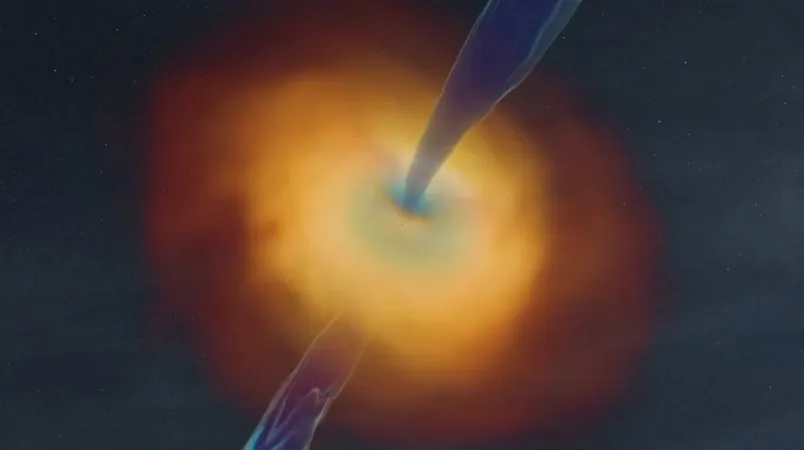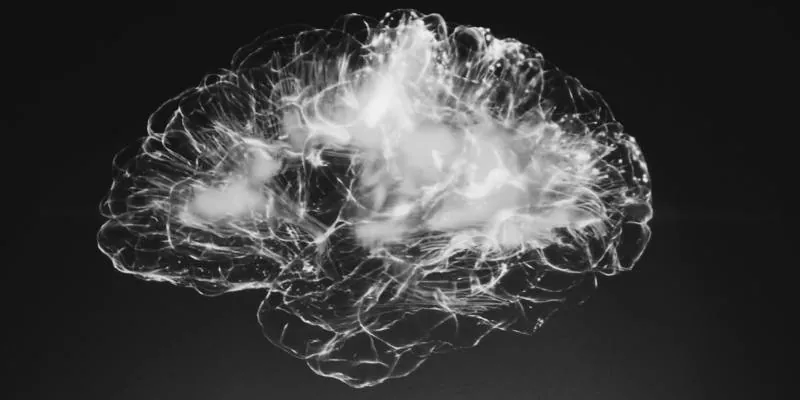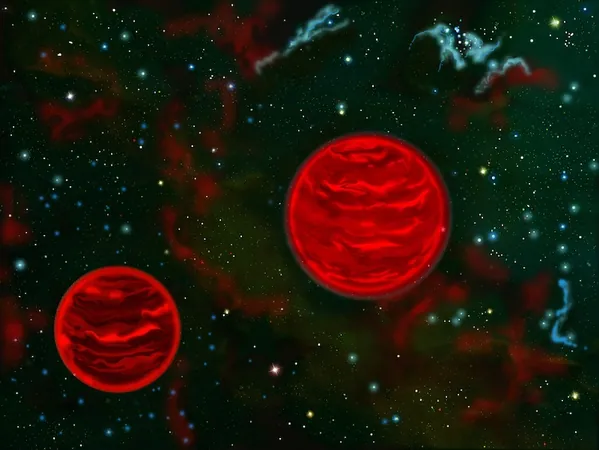
Groundbreaking Discovery: Black Holes Inherit Magnetic Fields from Their Stellar Ancestors!
2024-11-18
Author: Mei
Black holes, often deemed one of the universe’s greatest puzzles, are renowned not only for their gravitational prowess—devouring anything that strays too close—but also for emitting extraordinary jets of charged particles that explode in gamma rays more powerful than the energy output of our sun over its entire lifetime. These stellar monsters remain steeped in mystery, particularly concerning the origins of their magnetic fields, a key element for the formation of these energetic jets.
In a revealing study, scientists from the Flatiron Institute have cracked this enigma, unveiling that black holes inherit their magnetic characteristics from the very stars from which they originate. Their findings, published in The Astrophysical Journal Letters on November 18, shine a light on the complex birth of black holes and their magnetic properties, providing new avenues for research into cosmic phenomena.
How Black Holes Are Born
The journey to black hole formation typically begins when a massive star detonates in a spectacular supernova, leaving behind a dense core labeled as a proto-neutron star. As Ore Gottlieb, the study’s lead author, explains, 'Proto-neutron stars serve as the progenitors of black holes. As they collapse, these black holes capture the magnetic lines of the surrounding disk from the proto-neutron star.'
This connection between a black hole and its 'magnetic parent' fundamentally enhances our understanding of why and how gamma-ray bursts—the universe's most intense explosions—occur.
Solving the Magnetic Mystery
Initially, the researchers aimed to model the lifecycle of a star, from its inception through to its explosive death and the subsequent formation of a black hole. During their simulations, they discovered unexpected challenges when attempting to account for magnetic fields during the collapse of neutron stars into black holes.
Gottlieb noted, 'There was contention surrounding the magnetic behavior during these collapses. While it was previously believed that collapsing stars merely lost their magnetic properties, our calculations suggest otherwise.'
Their investigation revealed that traditional models failed to consider how neutron stars retain their magnetic quality during the transformation into black holes. By incorporating the presence of an accretion disk— a swirling mass of gas and particle remnants around the neutron star—the team demonstrated a critical link in the survival of magnetic fields through these violent cosmic transitions.
The Cosmic Implications of This Discovery
The ramifications of this discovery extend far beyond theoretical understanding. By now establishing that black holes can inherit magnetic fields from their parent neutron stars, the research redefines the conditions under which cosmic jets can form. Gottlieb emphasizes this potential: 'If early disk formation is key to powering jets, we may need to reconsider the relationship between various star populations and the mechanisms behind jet creation.'
The collaboration at the Center for Computational Astrophysics was crucial for this study, which required multidisciplinary approaches and robust computational simulations to reach its groundbreaking conclusions. The findings not only illuminate the mysteries of black holes but also set the stage for future explorations into the nature of high-energy astrophysical jets.
This breakthrough highlights just how much we still have to learn about the universe and its most enigmatic objects. With paths now opened for further investigation, who knows what other cosmic secrets are waiting to be unveiled? Stay tuned as astronomers delve deeper into the mysteries of the cosmos—more astonishing revelations are surely on the horizon!


 Brasil (PT)
Brasil (PT)
 Canada (EN)
Canada (EN)
 Chile (ES)
Chile (ES)
 España (ES)
España (ES)
 France (FR)
France (FR)
 Hong Kong (EN)
Hong Kong (EN)
 Italia (IT)
Italia (IT)
 日本 (JA)
日本 (JA)
 Magyarország (HU)
Magyarország (HU)
 Norge (NO)
Norge (NO)
 Polska (PL)
Polska (PL)
 Schweiz (DE)
Schweiz (DE)
 Singapore (EN)
Singapore (EN)
 Sverige (SV)
Sverige (SV)
 Suomi (FI)
Suomi (FI)
 Türkiye (TR)
Türkiye (TR)